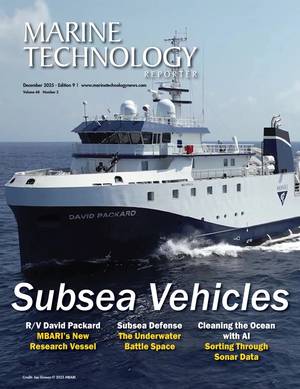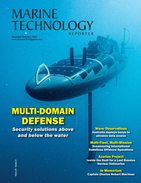The Soundscape Code
Damselfish can make pops, clicks and chirps by grinding their teeth. When seeking a mate, some can make more high-pitched sounds.
Another coral reef dweller, the snapping shrimp, makes a sound with its large claw to stun its prey or deter predators. A cavitation bubble is formed when the claw opens and closes rapidly, and the sound is produced when the bubble collapses.
It’s sounds like these that can be used as a proxy measure for reef health. Generally, a noisy reef is a healthy reef, but to gain a more detailed understanding than this, it is important to consider where, when and how the sound is measured.
A simple example: coral reefs tend to be noisier at dawn and dusk, and nighttime sounds can differ to those during the day.
In a series of papers, Australian Institute of Marine Science (AIMS) researchers have found that coral reef soundscapes vary significantly across reef habitats and can reflect subtle differences in biological communities.
The scientists used a tool called the Soundscape Code, a method that summarizes soundscape amplitude, impulsiveness, periodicity and uniformity, to help them understand the characteristics of the reef soundscape. This helped them to detect different soundscapes within the same coral reef, even at monitoring stations just 30 meters apart.
In some cases, it’s the most feasible method of data collection because it’s autonomous and long term. It also captures information on parts of the underwater community that are otherwise difficult to sample, such as cryptic species, and it records behaviors at times and in conditions when it’s difficult to sample, such as deep, dark or dirty water when visual surveys won’t work.
The researchers also found that hydrophones oriented horizontally toward the reef exhibited the expected decrease in sound levels with increasing distance, but hydrophones oriented vertically showed an inverse trend, with lower sound pressure levels at closer distances and higher levels further away. These findings indicate that sensor directivity significantly influences the received soundscape, introducing a potential methodological bias across acoustic datasets.
In another study, they tested different analytical tools and methods for recording and analyzing underwater sound that will help other scientists standardize their monitoring system design. Ocean sound is now recognized as an Essential Ocean Variable by the Global Ocean Observing System, and the rapidly growing capacity for recording underwater acoustic data highlights the need for standardized collection, analysis and reporting.
AI is already being used to help analyze acoustic data. Researchers from Woods Hole Oceanographic Institution published a study earlier this year describing how they combined acoustic monitoring with a neural network to identify fish activity on coral reefs by sound. Their algorithm can match the accuracy of human experts in deciphering acoustical trends on a reef and do it over 25 times faster.
They are now integrating the neural networks onto a floating mooring that can broadcast real-time updates of fish call counts and onto the autonomous underwater vehicle, CUREE. Eventually, the researchers hopes that neural networks will provide the ability to monitor fish populations in real-time, identify species in trouble and respond to disasters.


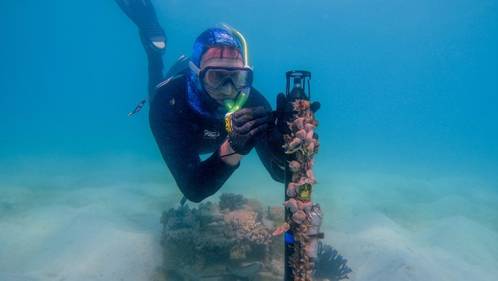
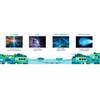

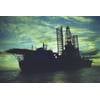
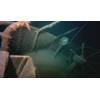
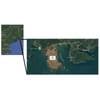








 December 2025
December 2025
